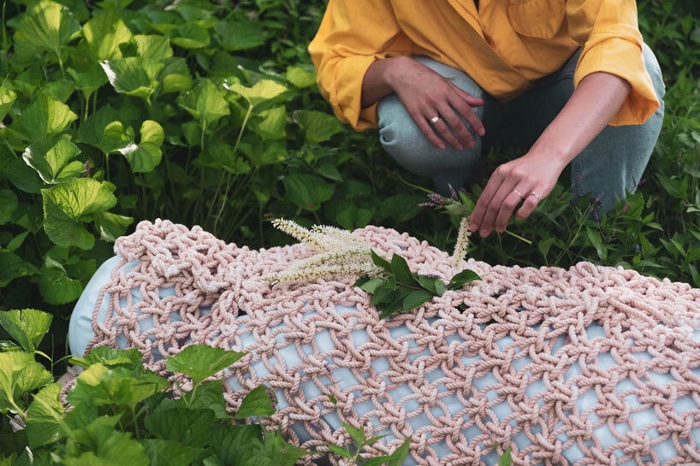We like to think that we do our best to tread as lightly as we can upon this earth, but we came across a green concept recently that we found very interesting ~ having a green funeral.
You have no doubt heard of coffins that are not too detrimental to the environment. Good old wood, preferably unvarnished, will eventually return to dust. Cardboard coffins, introduced in South Africa by the late Tony Factor, sound quite practical, particularly as they can be decorated by those who are left behind – the children can have a lot of fun with that. Other options include willow wicker, bamboo, seagrass and corn skin coffins. You can even order a coffin in a kit, which you will assemble yourself. Remember the good old days when the farmer would store his dried peaches in his coffin until it was needed.
There are ecopods made from papier-mâché which are gaining in popularity.
Some religions opt for a simple shroud, which is also biodegradable.
Burials and the Law
The problem according to the environmentalists is that legislation requires bodies to be buried at a certain depth. This means that decomposition is mostly anaerobic and very slow, generating methane which slowly seeps up through the soil over many decades. Methane is a powerful greenhouse gas and therefore traditional burials cannot be regarded as ‘green’.

Many people opt for cremation. But the problem there is that the energy used for cremation is considerable, some estimates suggest it may be equivalent to an 800km car journey. This also results in a lot of carbon dioxide and oxides of nitrogen, and other pollutants such as mercury vapour, furans and dioxins being released into the atmosphere.
Green Funerals in Nature
So the calls now are for burials to take place in areas that serve a conservation purpose. “Natural burial grounds” are fields where wild flowers, shrubs and trees grow or they might be woodlands or even agricultural land used for grazing. Here the grave is not marked or personalised by any sort of permanent memorial. The eco-puritans say don’t erect an expensive tombstone. Rather, allow nature to receive them back in a natural cycle, letting them become part of a natural habitat. There is a great deal of resistance to this from the relatives of most deceased. Perhaps a compromise in the form of a small marker of natural local stone or wood or planting a tree should be allowed, which would still be an eco-friendly way of commemorating the memory of the departed.
The green funeral activists prefer a hand-dug grave. Embalming is a no-no and they are not at all keen on cremation either. The coffin or shroud should be made of local natural, sustainable materials. The grave will not be tended. Their thinking is that it is not the grave that commemorates the life lived, but rather the whole site. They also discourage visiting the burial ground unless you can walk or cycle to and fro.
The Challenges of Cemeteries
This is all in response to what is seen as the waste of land and resources in traditional cemeteries. It is true that there are many graves that are neglected as the rest of the family dies off or moves away. There is nothing as sad as a derelict tomb. Upkeep of cemeteries also places a burden on the taxpayer. And then there is the deeply distasteful habit of our criminal element who gauge the brass lettering off tombstones and nick anything else that they might be able to make a quick buck out of.
So we can see that the strident calls for natural burial are a reaction to conventional cemeteries. But maybe it’s in danger of being an over-reaction.
To read more about climate change, click here.

